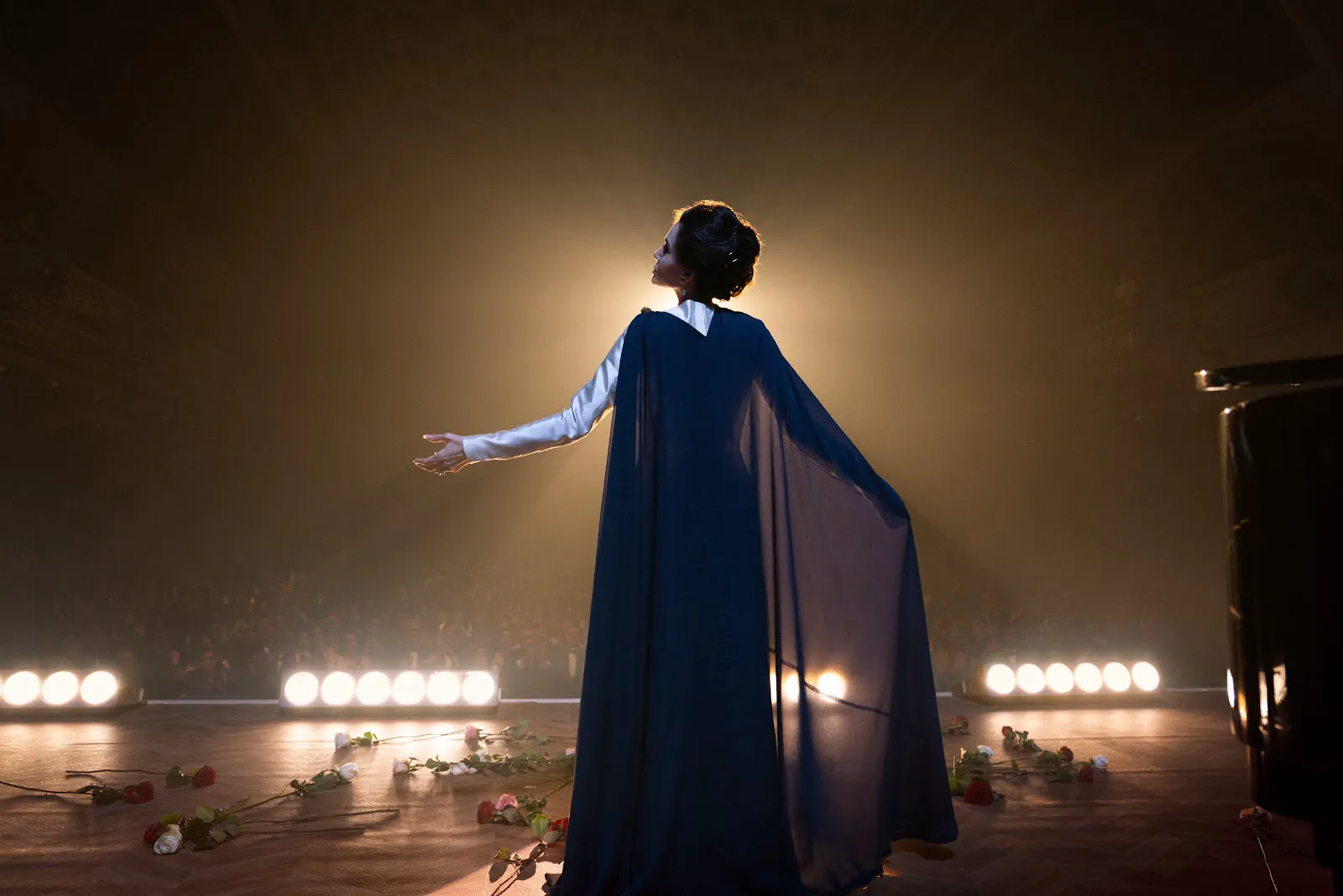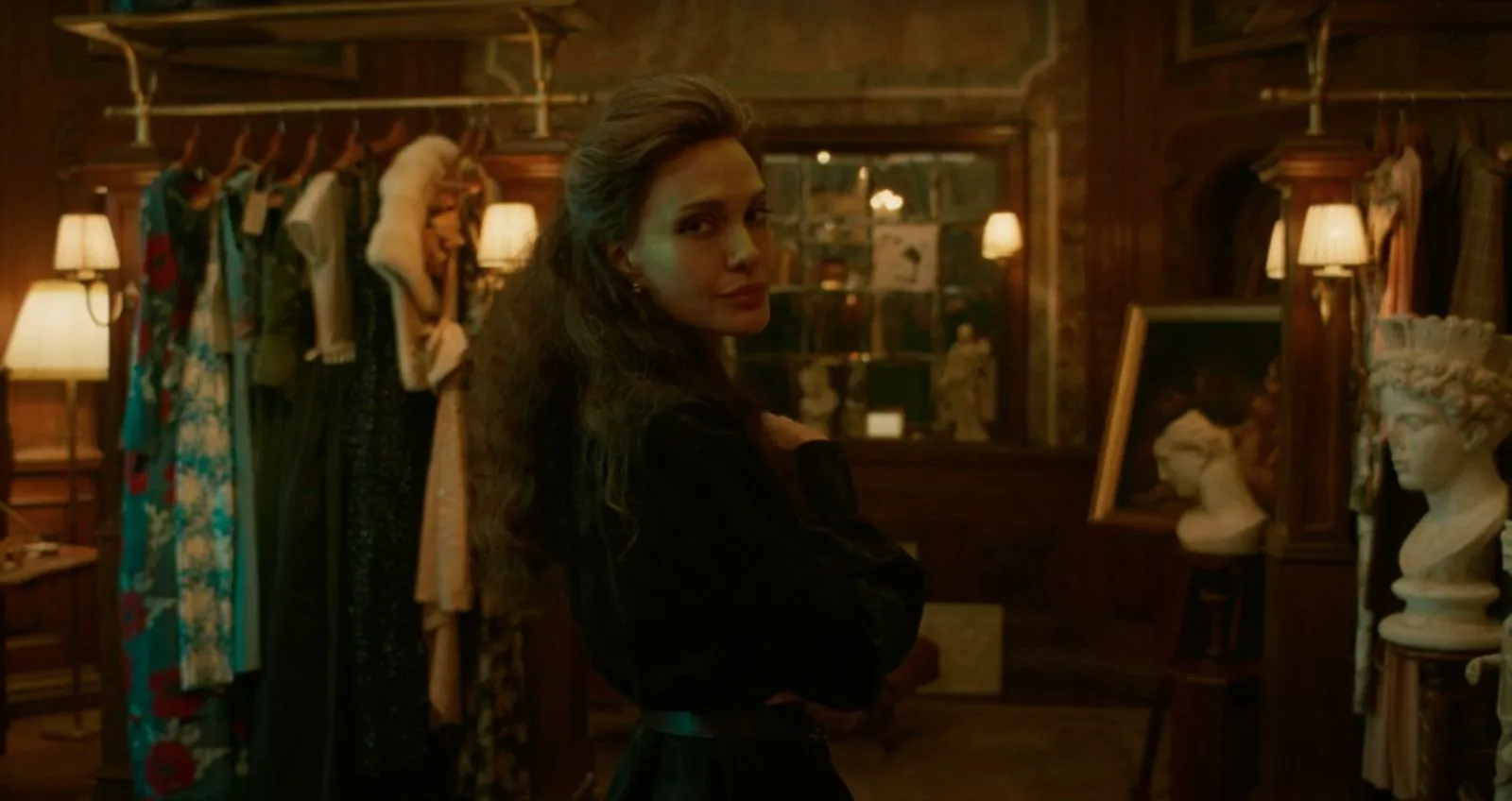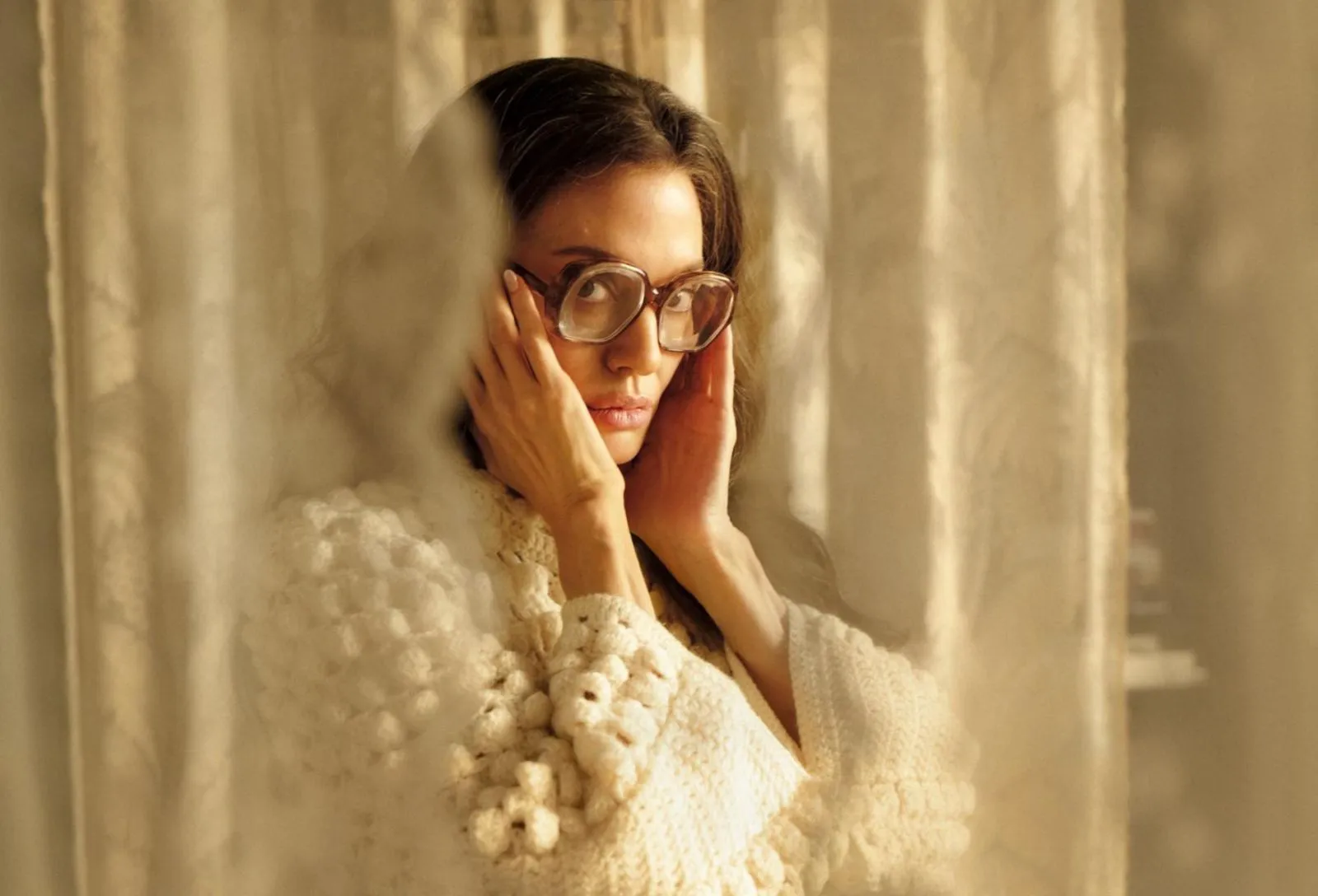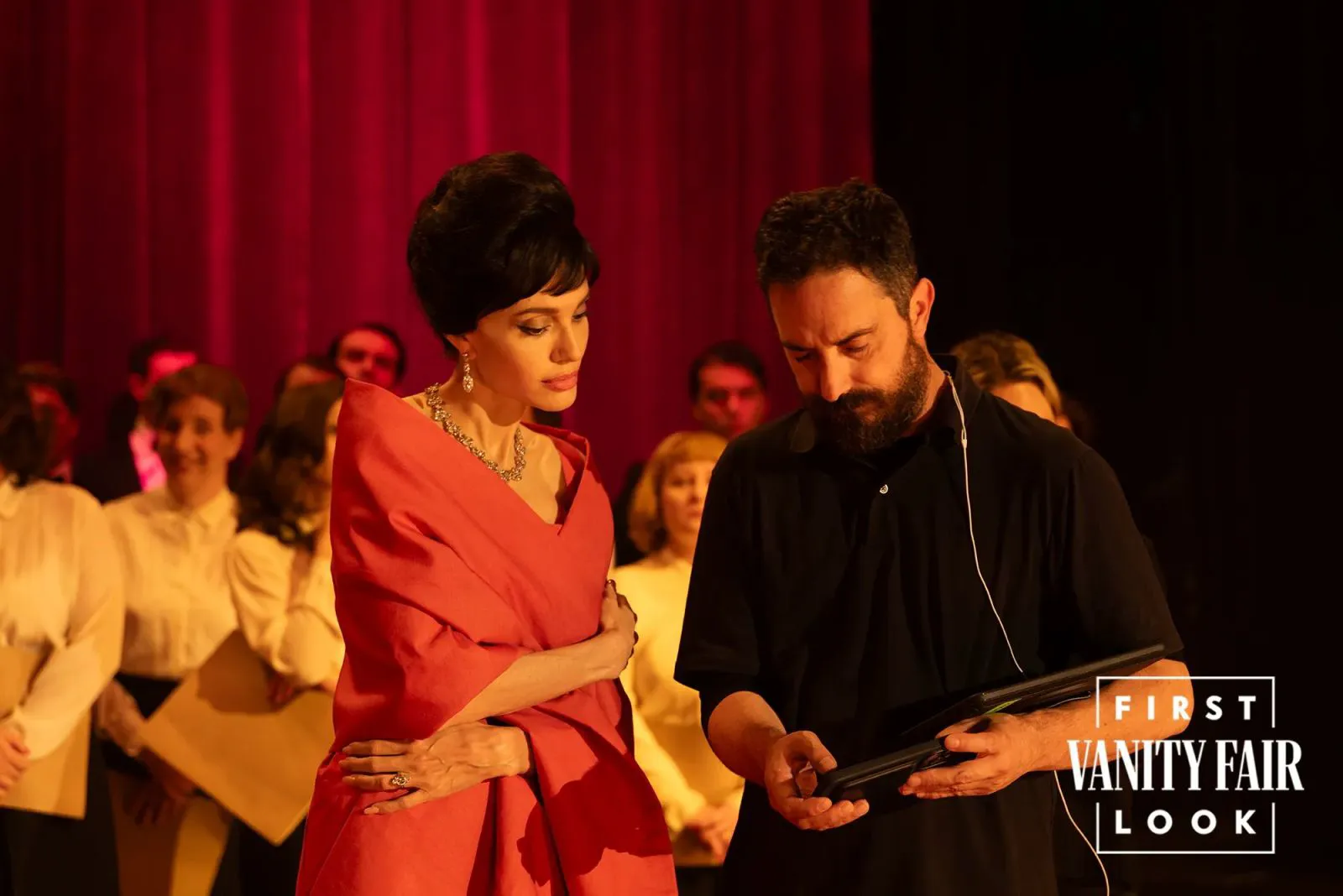Angelina Jolie Embodies Maria Callas in Larraín’s Haunting Biopic
Chilean director Pablo Larraín, known for his poignant portrayals of iconic women facing tragic circumstances, concludes his trilogy with “Maria.” Following “Jackie,” which chronicled Jacqueline Kennedy’s experience on the day of her husband’s assassination, and “Spencer,” which delved into Princess Diana’s solitude during Christmas 1993, “Maria” bids farewell to the legendary opera diva. Viewers are granted a fleeting week to intimately experience Maria Callas’s inner world. Larraín’s biopics eschew historical accuracy and mere physical resemblance, instead offering immersive, empathetic experiences. Angelina Jolie, stepping into the role of the 20th-century icon, delivers a heartbreaking performance, marking a significant return to form.

Angelina Jolie as Maria Callas in “Maria”
The film dispenses with suspense: Callas passed away on the morning of September 16, 1977, in Paris, at the age of 53. “Maria” rewinds time by a week, presenting a portrait of a great, weary woman battling failing health. She is confined by medication and the care of her closest companions: her cook (Alba Rohrwacher) and her butler (Pierfrancesco Favino), who, as the film reveals, have become her surrogate family. Maria’s consciousness blurs, and she welcomes hallucinations as old friends, reluctant to clear her mind and tenderly embracing delusions with another dose of pills. She no longer sings, yet she desperately clings to the notes that escape her throat, notes that are no longer under her command.

Angelina Jolie as Maria Callas in “Maria”
Structurally, “Maria” resembles an interview between the woman and herself (or the journalists who exist solely in her mind). Places, scents, and music transport Callas from autumnal Paris to New York and Athens, shifting through decades, seasons, and color palettes. However, these journeys through memory do not form a linear narrative; they resist order. Larraín crafts an immersive experience, revealing the space where raw emotions collide. Ghosts, images, scenes, and theatrical lighting illuminate the fragile figure of a woman bidding farewell to her era, acutely aware of her precarious position yet unable to confront it directly.

Angelina Jolie as Maria Callas in “Maria”
A Concert of Memories
“Maria” functions more as a concert than a conventional film. Flashbacks and editing transitions are dictated by musical phrases and vocal vibrations, uniting the fragments of a shattered life. Angelina Jolie’s striking beauty isn’t concealed by makeup or mimicry. Larraín revels in her delicate wrists and sorrowful eyes. Maria on screen could easily transform into a statue, a caryatid bearing the weight of fading glory on her shoulders. It is not only the play of light and shadow that brings the marble to life, but also the imperfections. This isn’t about the whims of an arrogant diva or a thirst for attention, but about a bitter wit. Callas doesn’t hold back on irony and sharp punchlines, which balance the melodramatic tone that was met with hostility in “Spencer.” Callas takes her final bow as a legend forced to reconcile with the passage of time – world-weary, demanding, and indifferent to medical advice. The mirror effect is disarming: the viewer sees Callas through her own eyes, not through the blind adoration of an outsider.

Angelina Jolie and Pablo Larraín on the set of “Maria”
The End of an Era?
A constant thread connecting Larraín’s ballads to reality is the heroines’ names: Jackie lost her husband, along with the title of First Lady and the iconic American name, Kennedy. Princess Diana, on the other hand, returned to her roots and her maiden name, Spencer. Maria searches in vain for the sound of Callas in her lost voice, finding vibrant echoes only on tape. The question remains: is the end of an era a new beginning, or a curtain that has now closed forever?
“Maria” is sure to be a talking point during awards season and may mark Angelina Jolie’s return to mainstream cinema, after years dedicated to family and theater. There will be criticisms about the dominance of form over substance and detailed analyses of the costumes, which play a significant role. However, despite the formality and grandeur, “Maria” will be remembered for allowing a beautiful woman to be funny, even if the joke is tinged with sadness.